Europe’s wildlands are experiencing a remarkable resurgence of wildlife, with wolves, lynxes, and bears making a grand comeback. These majestic creatures, once on the brink of extinction in many parts of Europe, are now reclaiming their territories. This resurgence is not just a testament to nature’s resilience but also to the concerted efforts of conservationists and policymakers. The return of these apex predators plays a crucial role in maintaining the ecological balance, and their presence is a sign of healthy ecosystems. As we delve into this fascinating phenomenon, we explore the factors contributing to their return and the impact it has on the European landscape.
The Journey of Wolves Back to Europe

Wolves, often misunderstood and feared, have been steadily reclaiming their territory across Europe. Once widespread, they faced centuries of persecution and habitat loss, dwindling their numbers to near extinction in many regions. However, recent decades have seen a remarkable turnaround. Thanks to stricter legal protections and rewilding initiatives, wolf populations are now thriving in countries like Germany, France, and Poland. These apex predators are not only surviving but thriving, as they adapt to changing landscapes and challenging environments. The return of wolves symbolizes a broader movement towards ecological restoration and the recognition of their vital role in controlling prey populations.
Lynx: The Stealthy Return
Lynxes, with their tufted ears and piercing eyes, are making a stealthy comeback in Europe’s forests. These elusive cats were once driven to near extinction due to hunting and habitat destruction. However, dedicated reintroduction programs and habitat restoration projects have facilitated their return. Countries like Switzerland and Slovenia have seen a steady increase in lynx populations, as these solitary hunters reclaim their ancient territories. The presence of lynxes is a testament to the success of conservation efforts, as they play a crucial role in maintaining the balance of prey species and fostering biodiversity.
The Resurgence of Bears in the European Wild
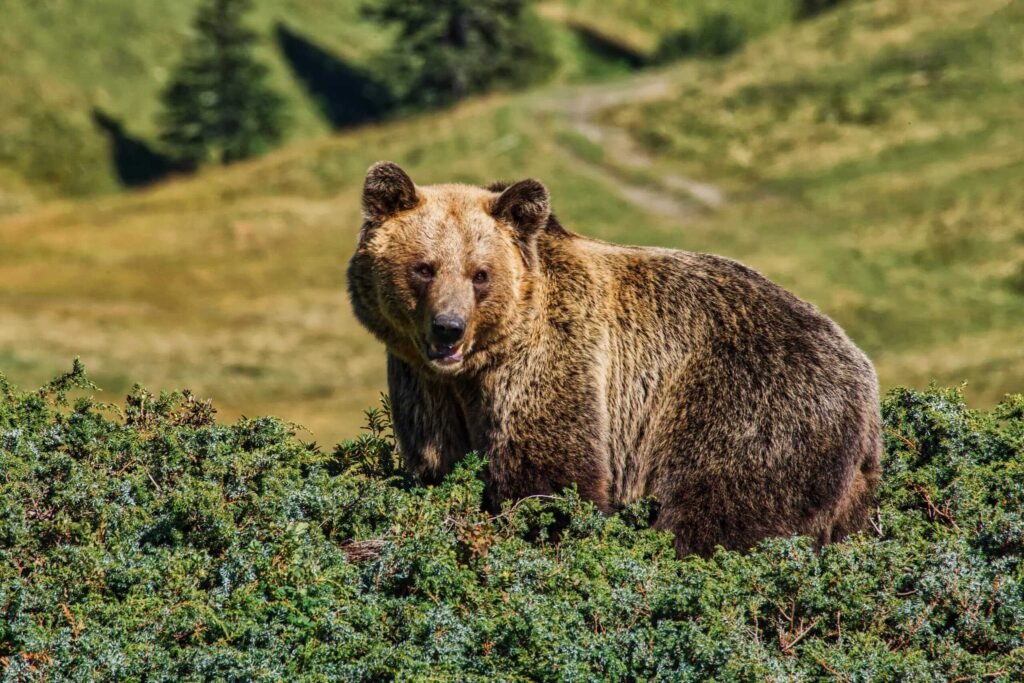
Bears, the iconic giants of the wilderness, are also making a significant return to Europe’s wildlands. Their populations were once severely threatened by hunting and habitat fragmentation. However, through international cooperation and conservation measures, bear numbers have been steadily rising. The Carpathian Mountains, for example, are now home to a thriving bear population, providing a glimpse into a wilder Europe. Bears, as keystone species, influence the structure of ecosystems by controlling prey populations and dispersing seeds. Their presence is a sign of a healthy and balanced ecosystem, essential for biodiversity.
Conservation Efforts Driving Change
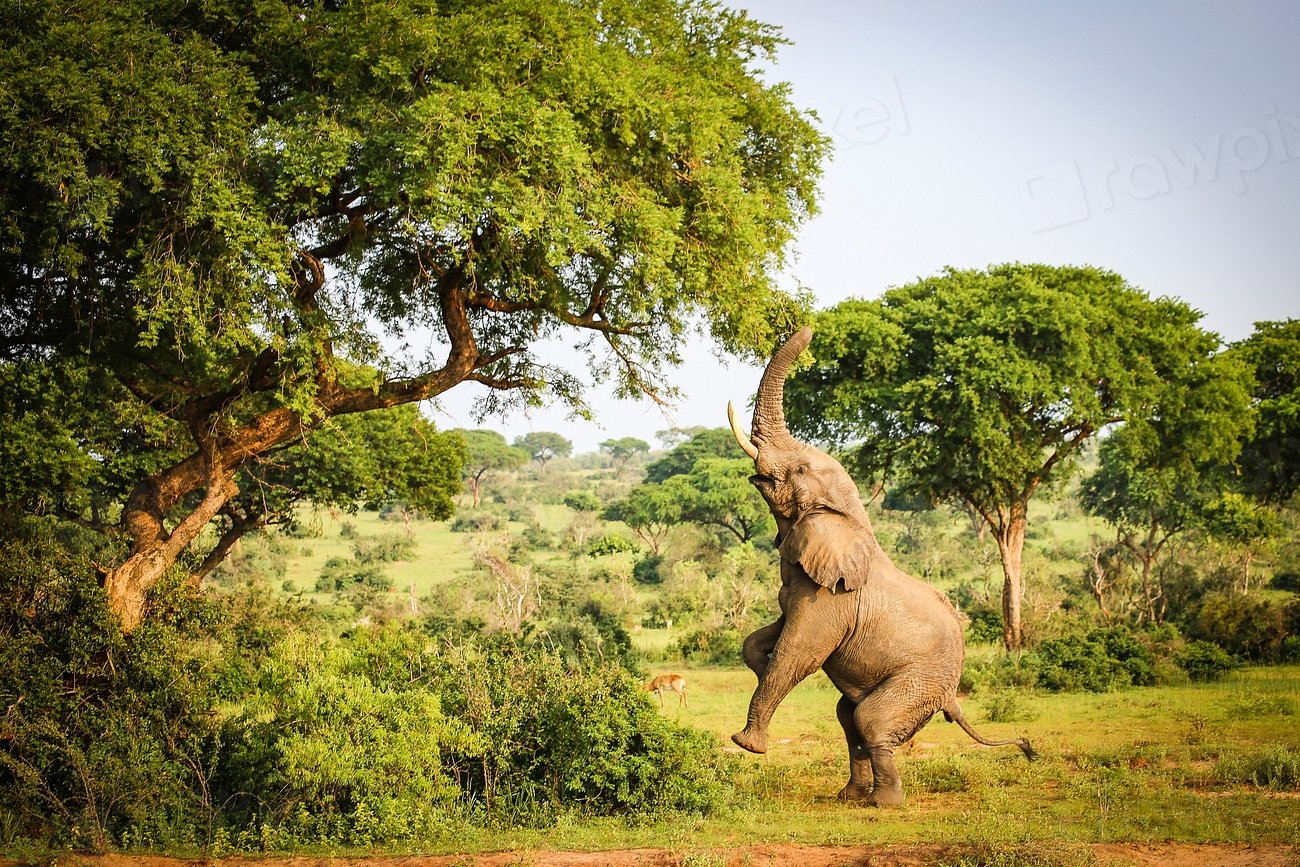
The return of these apex predators is not a mere coincidence but the result of concerted conservation efforts. Across Europe, governments and non-profit organizations have enacted laws and initiatives to protect and restore wildlife habitats. The establishment of protected areas, wildlife corridors, and national parks have provided safe havens for wolves, lynxes, and bears. Additionally, public awareness campaigns and educational programs have played a vital role in changing perceptions and fostering coexistence between humans and these magnificent creatures. Conservationists are working tirelessly to ensure that these species have the space and resources they need to thrive.
Challenges and Conflicts in Coexistence
Despite the success stories, the return of wolves, lynxes, and bears has not been without challenges. Their presence often leads to conflicts with human activities, particularly in rural and agricultural areas. Livestock predation and fears for human safety have sparked debates and tensions. However, innovative solutions, such as compensation schemes for farmers and the use of traditional livestock guarding methods, are being implemented to mitigate these conflicts. Building a harmonious coexistence requires understanding, tolerance, and a commitment to finding balanced solutions that benefit both humans and wildlife.
Ecological Benefits of Predator Return
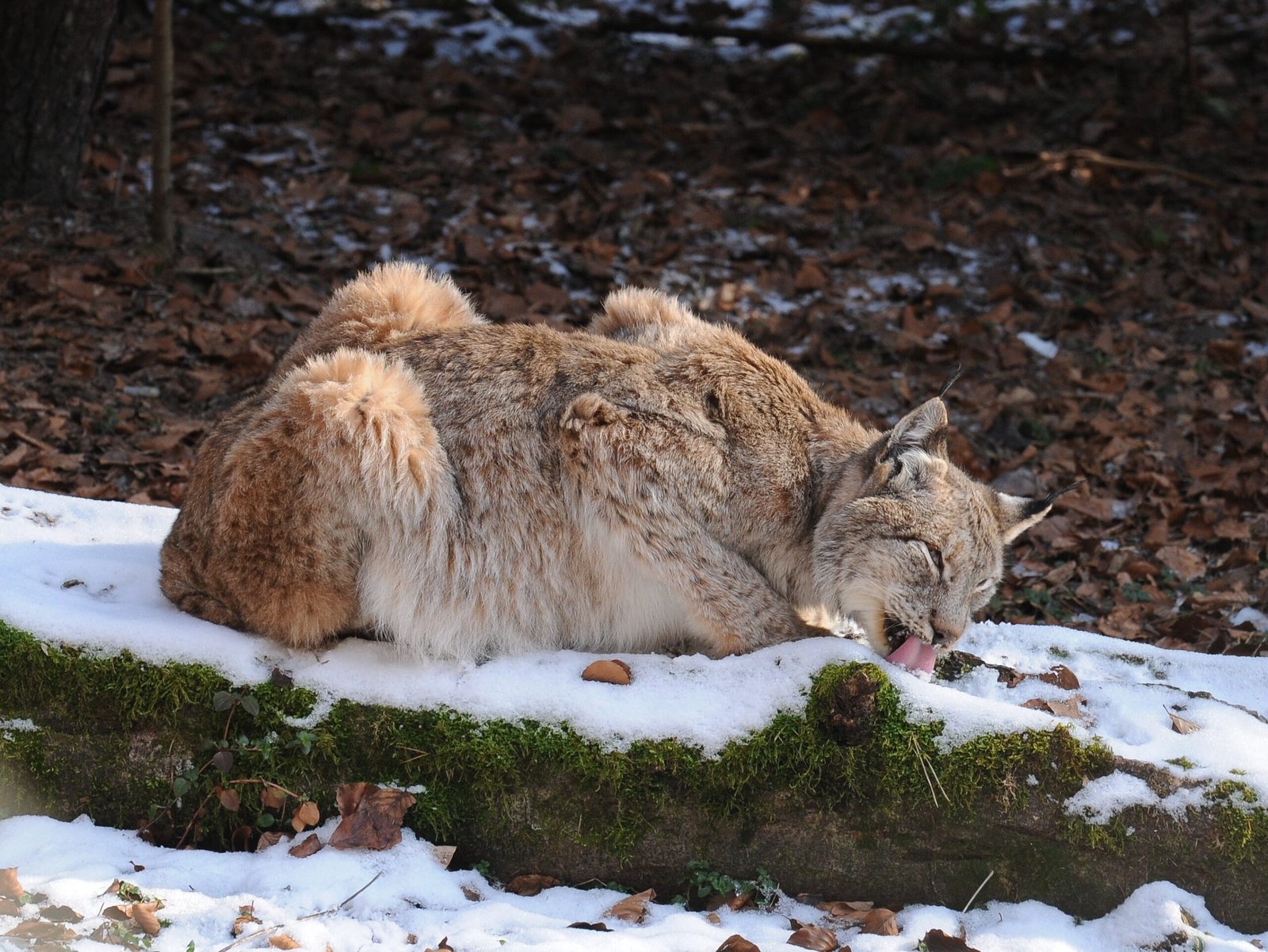
The return of these apex predators brings significant ecological benefits to Europe’s wildlands. Wolves, lynxes, and bears help control prey populations, preventing overgrazing and allowing vegetation to regenerate. This, in turn, supports a diverse range of species and fosters healthier ecosystems. The presence of these predators also encourages natural processes, such as nutrient cycling and seed dispersal, which are vital for the sustainability of ecosystems. Their return signifies a step towards restoring the natural balance and promoting biodiversity across the continent.
The Role of Rewilding in Wildlife Comeback
Rewilding, a concept gaining momentum in Europe, has been instrumental in the comeback of wolves, lynxes, and bears. This approach involves restoring natural processes and reintroducing native species to their historical ranges. By allowing nature to take its course, rewilding initiatives aim to create self-sustaining ecosystems. Projects like the European Rewilding Network have been successful in creating habitats that support the return of these magnificent creatures. Rewilding not only benefits wildlife but also enhances human well-being by providing opportunities for recreation and connection with nature.
The Importance of Legal Protections
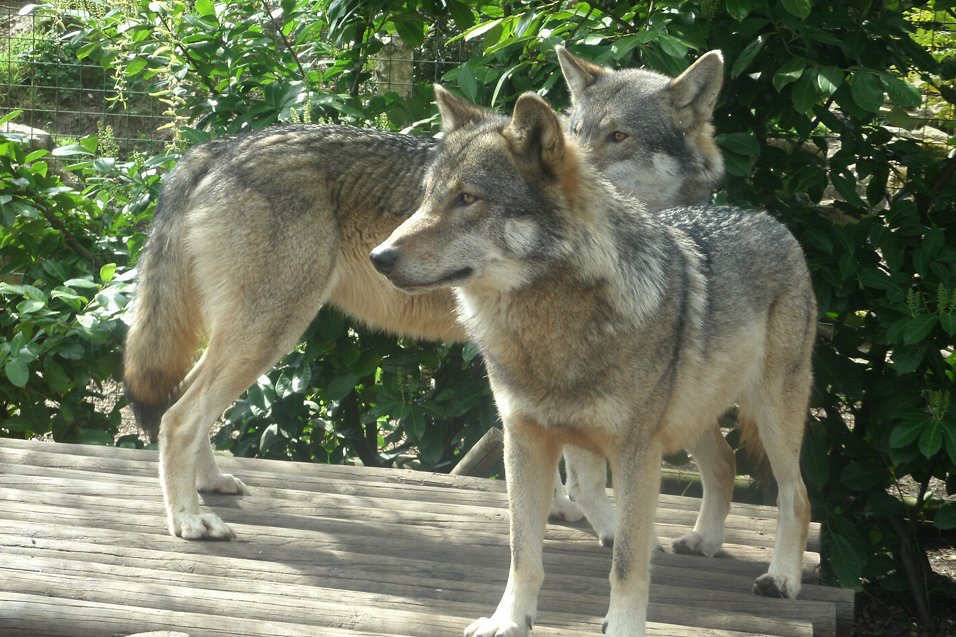
Legal protections have played a crucial role in safeguarding the future of wolves, lynxes, and bears in Europe. International agreements, such as the Bern Convention, have provided a framework for conservation efforts. These laws prohibit hunting and provide guidelines for habitat preservation and restoration. Additionally, national and regional policies have been enacted to ensure the protection of these species and their habitats. Legal protections serve as a foundation for conservation efforts, providing the necessary framework to support the recovery and long-term survival of these iconic predators.
Public Perception and Cultural Significance
The return of wolves, lynxes, and bears has sparked a renewed interest in their cultural significance and symbolism. These creatures have long been part of European folklore and mythology, representing strength, wisdom, and wilderness. Public perception is gradually shifting from fear and superstition to admiration and appreciation. Educational programs and media coverage have helped raise awareness about the importance of these predators and their role in ecosystems. As people learn more about their behavior and ecological benefits, a sense of pride and responsibility is emerging, fostering a culture of coexistence and conservation.
A Vision for the Future
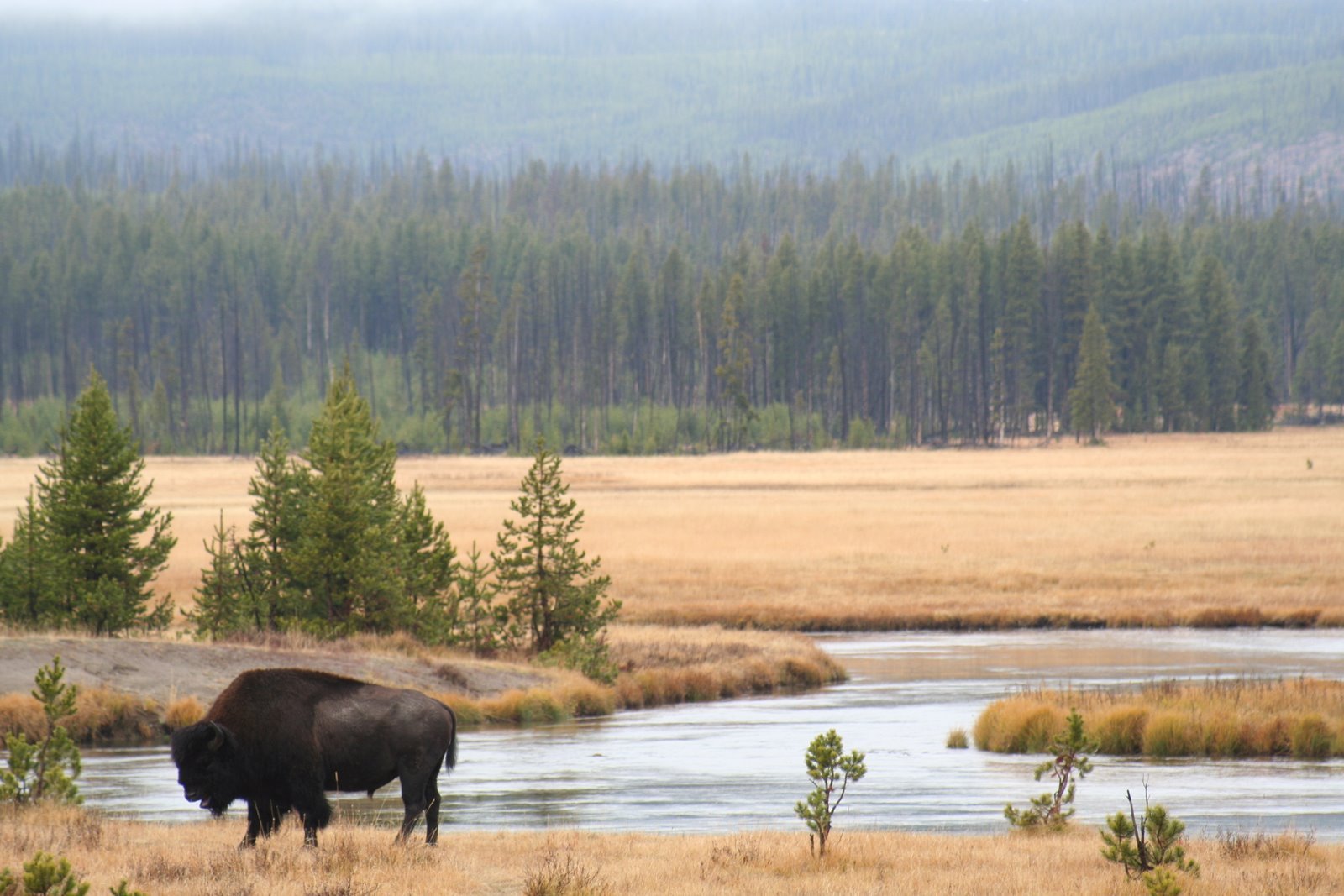
The return of wolves, lynxes, and bears to Europe’s wildlands is a testament to the power of nature and human dedication to conservation. It signifies a hopeful future where humans and wildlife can coexist harmoniously. As we continue to support conservation efforts, it is essential to address the challenges and promote understanding and collaboration. By fostering a sense of connection to the natural world, we can ensure that future generations inherit a Europe rich in biodiversity and vibrant ecosystems. The journey of these apex predators serves as a reminder of the resilience of nature and our responsibility to protect and preserve it.




